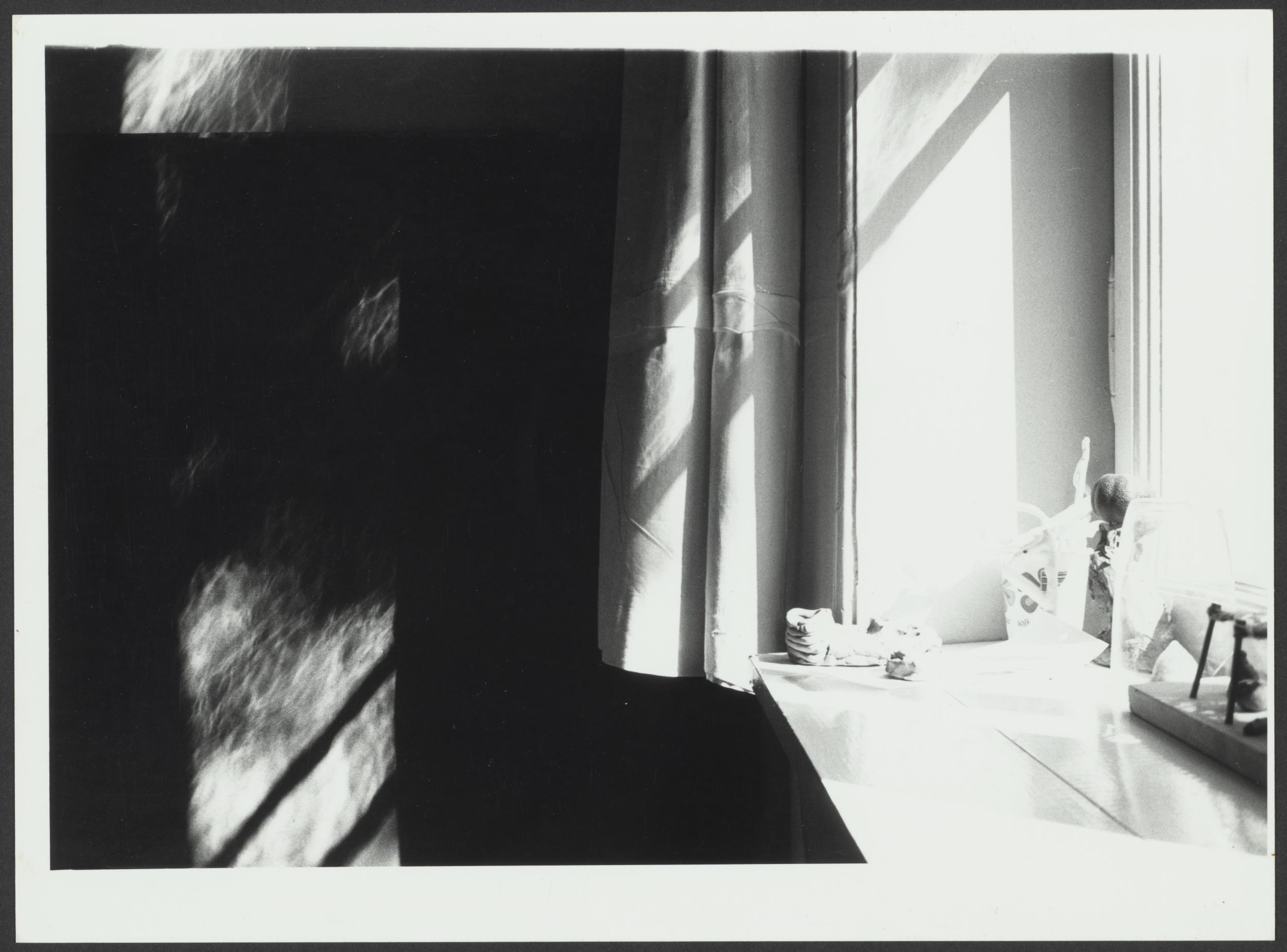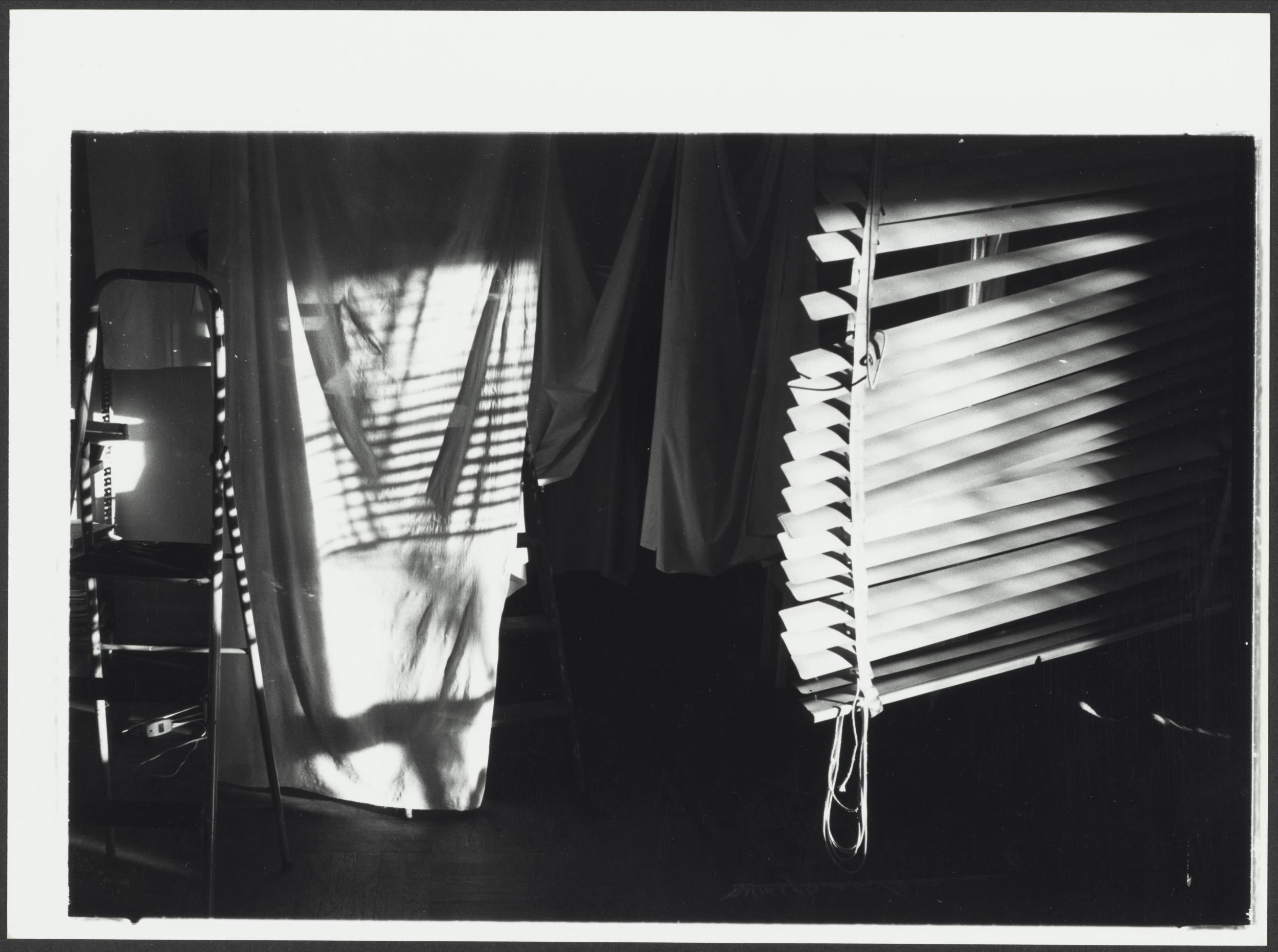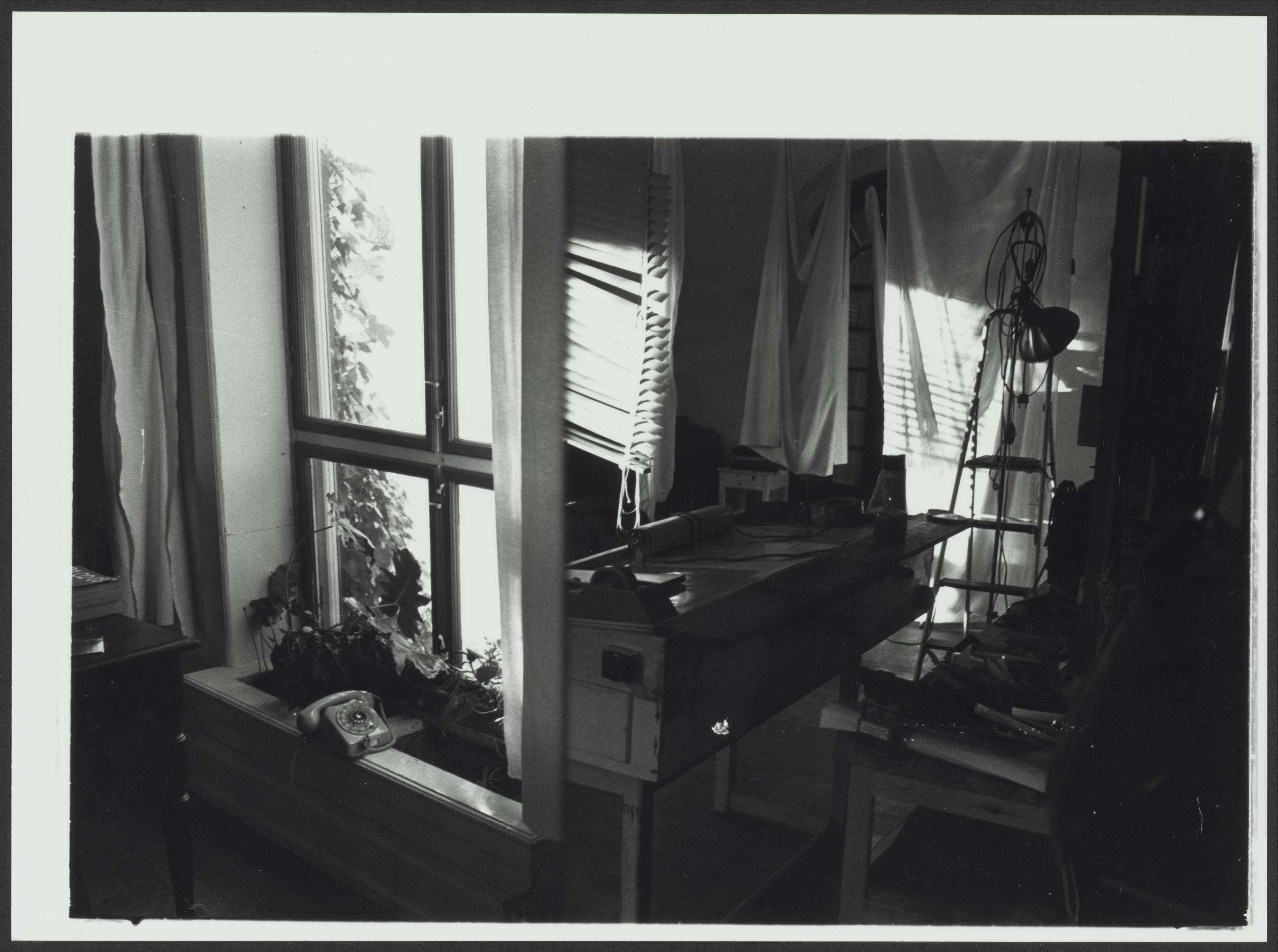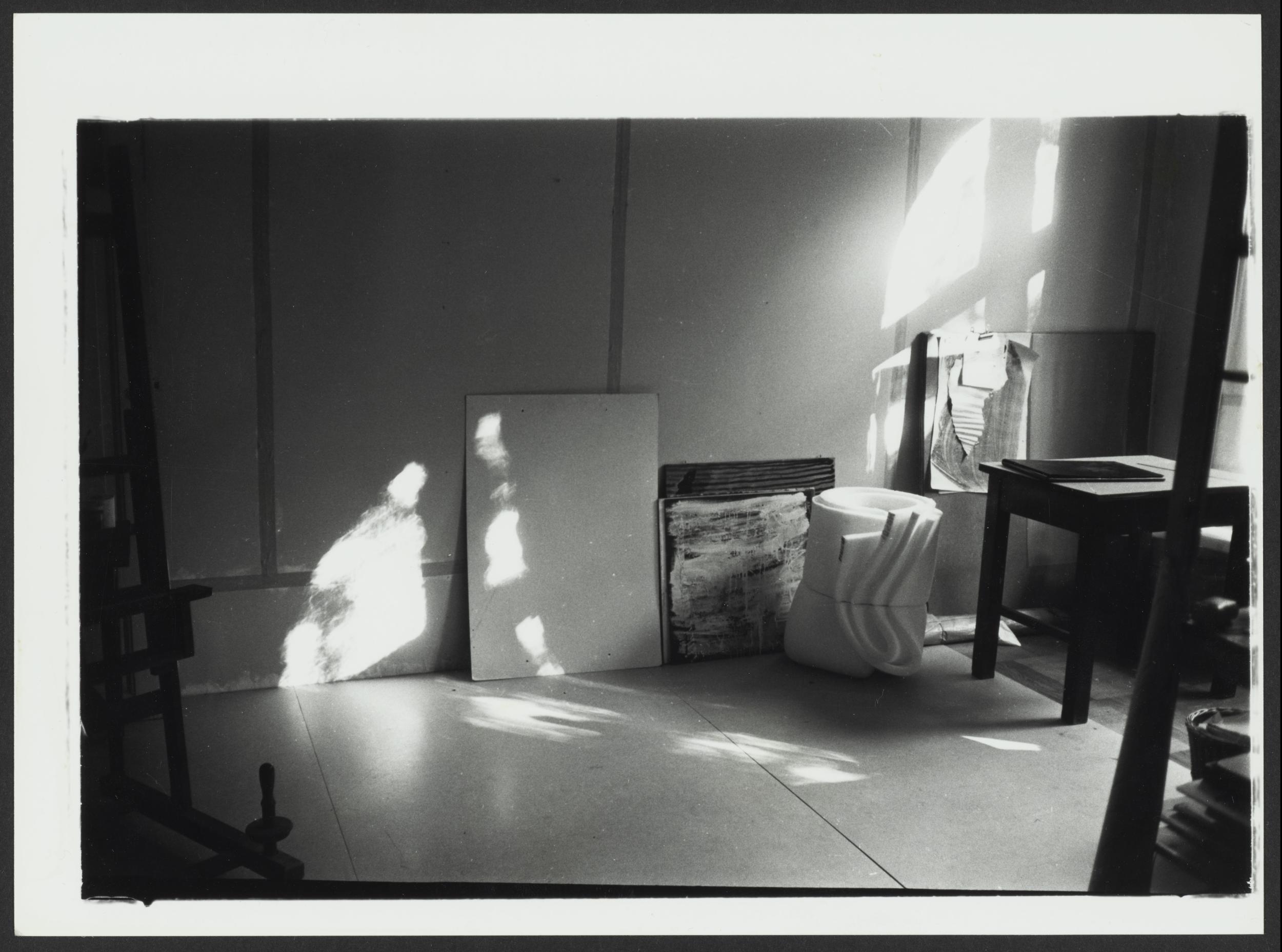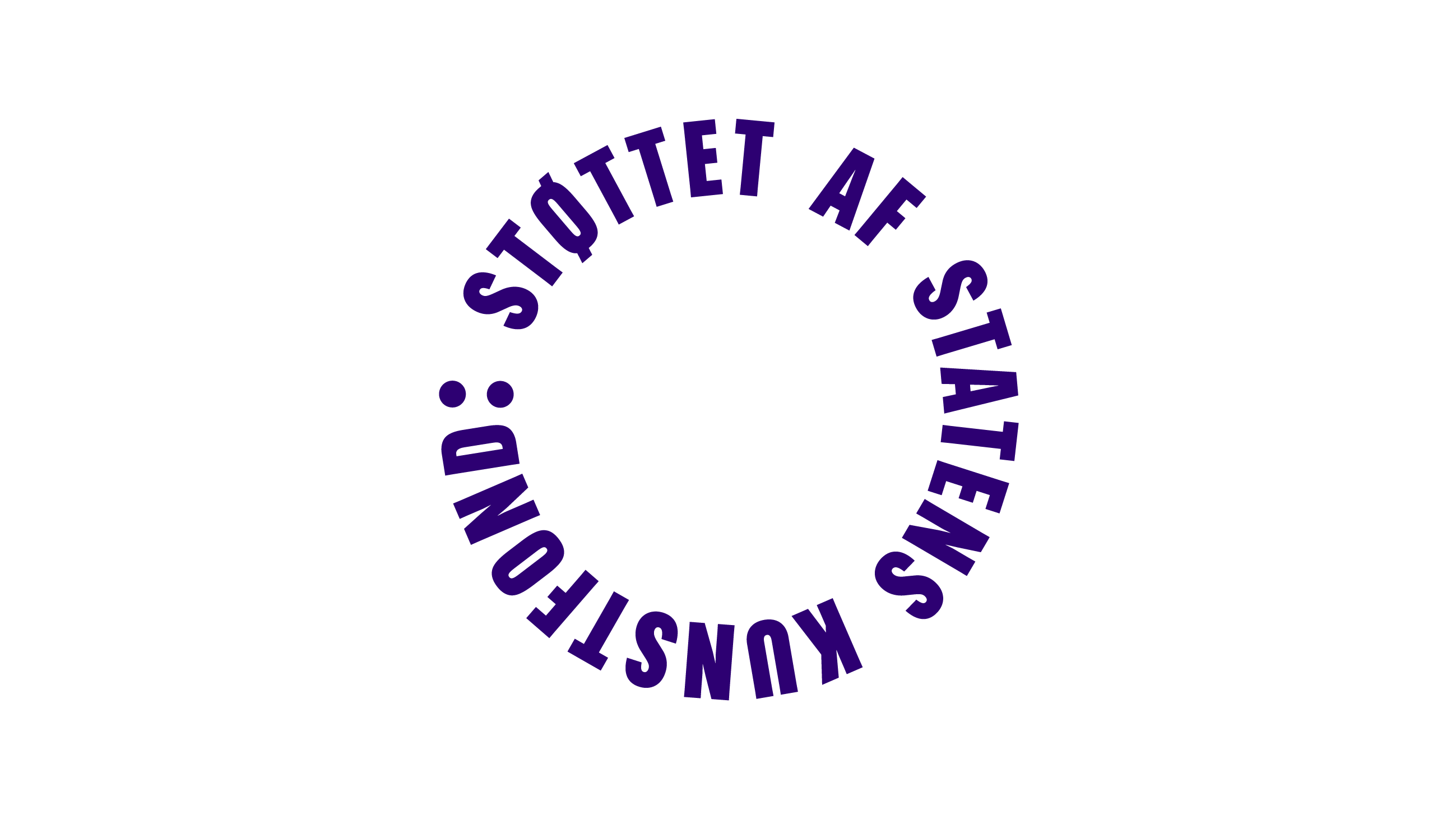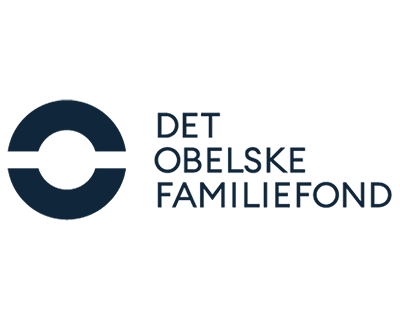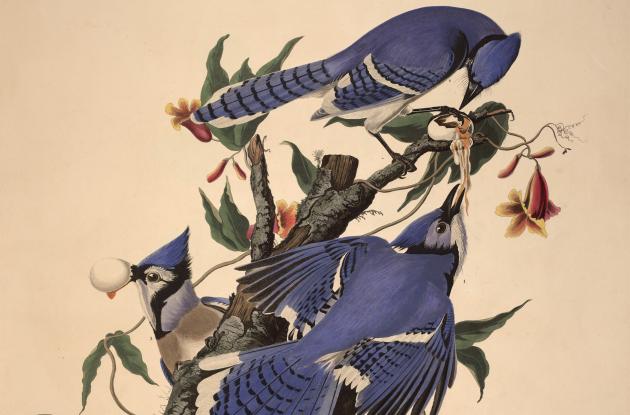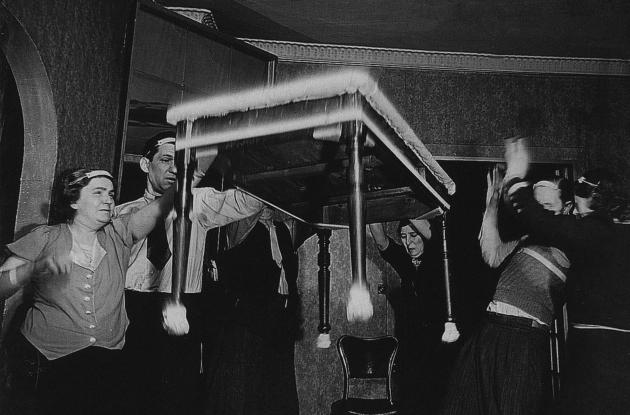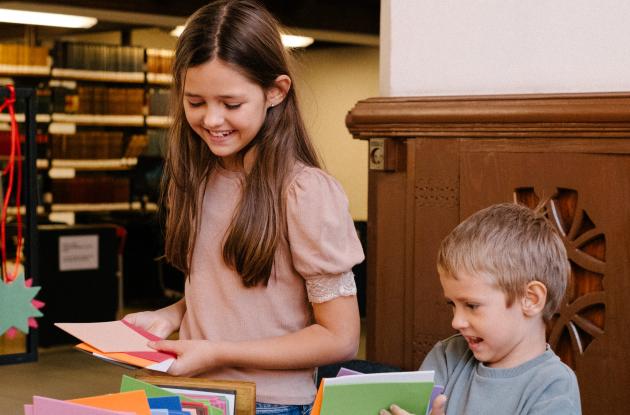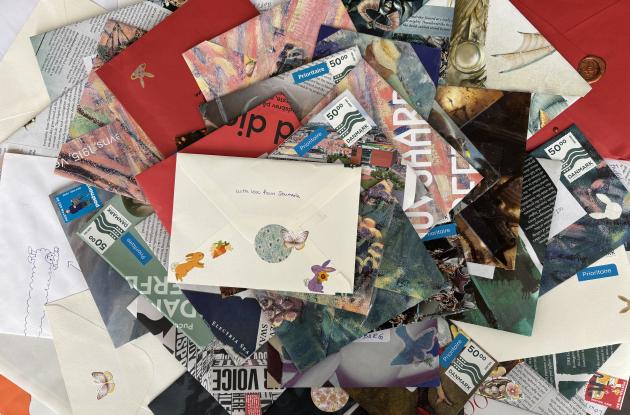Lene Adler Petersen – Space and Things
Experience one of Denmark's most prominent feminist artists, whose unique universe explores the home as a feminist battleground full of beauty, freedom and revolutionary action.
About the exhibition
Space and Things offers the opportunity to experience works that have not previously been exhibited together. Including new works from Adler Petersen's negative archive and loans from other museums as well as the artist herself.
Lene Adler has been one of the most significant figures in Danish contemporary art and the women's movement since the late 1960s. Her artistry spans painting, drawing, sound, graphics, ceramics, text, books, film and photography – and she is behind a string of iconic art actions. She is probably best known for the groundbreaking performance Den Kvindelige Kristus (The Female Christ) (1969), in which she walked naked and with a cross in her hand through the Copenhagen Stock Exchange. A feminist action that still stands as one of the most significant in Danish art history.
The exhibition marks Adler Petersen's unique role in Danish art and women's rights movement and brings together a large selection of works from her long career.

Photo: Lene Adler Petersen
From political protests to the poetry of everyday objects
Space and Things offers an unprecedented look into Adler Petersen's impressive oeuvre and delves into her groundbreaking career from the late 1960s onwards. Focusing on her experimental work with photography, film and text, the exhibition highlights key works such as Dagbog fra Eks-skolens trykkeri (1974), Opsatser (1976) and the iconic collaboration with Bjørn Nørgaard, Den Kvindelige Kristus (1969).
Space and Things brings together rarely shown works, where Adler Petersen's fascination with space and things is central. Her sharp gaze on love, relationships and the structures of society is expressed in a way that is both personal and universal, poetic and political. Adler Petersen has a special ability to give everyday space and things new, poetic meanings, and her works manage to connect the intimate with the critical.
This is a common feature in many of her works – including her photographic series Soltegninger (1977-1979), where she simply and focused documents the incidence of light in her home and studio. Here, the photographs capture the transient patterns and shadows on walls, floors and objects that the penetration of sunlight into the space creates. In this way, an apparently simple everyday phenomenon is transformed into fleeting, delicate and almost intimate images, full of change and spatial relationships.
Selected works from Soltegninger
Experience an artist who has challenged our human notions throughout her career and with her deeply engaging artistry has left a lasting mark on Danish art history. Her works still stand as deeply relevant contributions to our understanding of the world.
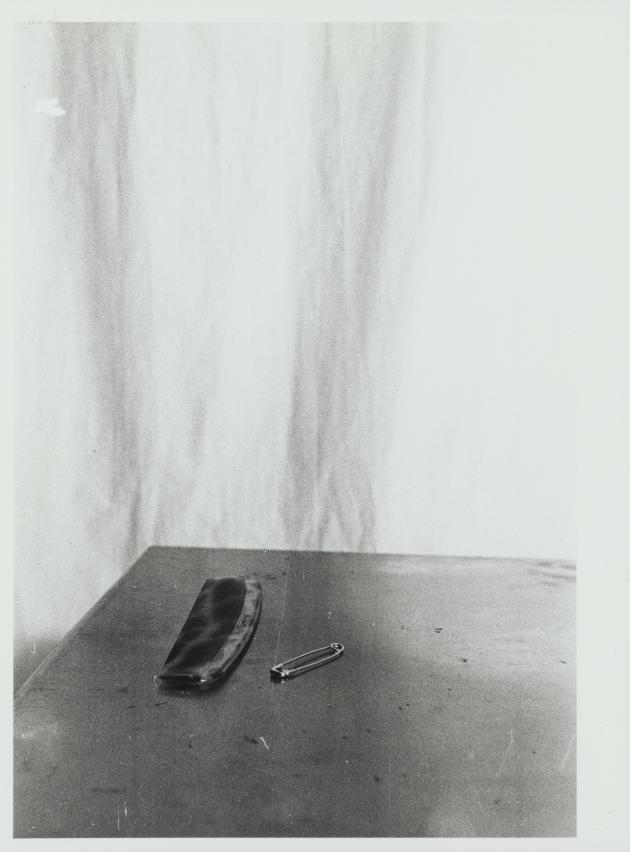
Photo: Lene Adler Petersen
About the artist
Lene Adler Petersen (b. 1944) was educated at Det Jyske Kunstakademi 1964-1966 and Royal Danish Academy of Arts 1968-69.
Throughout her career, she has been a central figure in several of Denmark's most influential artist groups, including the avant-garde Eks-Skolens Trykkeri and Arme og Ben in the 1960s and 70s, and the experimental film group ABCinema. Here, together with a number of other leading artists, including Bjørn Nørgaard, Paul Gernes, Per Kirkeby, Erik Hagens, Jørgen Leth, Ursula Reuter Christiansen and Richard Winther, she has explored the boundaries of what art can and should be.
Throughout the 1970s and 80s, Adler Petersen received several major decoration assignments, which is why her art is present in many public spaces. She has, among other things, epoch-making works at Herlev County Hospital, Horsens City Hall and Tørring high school, just as her impressive human-sized sculpture Krukken as a means of transport adorns the Kunsten Museum of Modern Art in Aalborg.
In 1996, Lene Adler Petersen received the Eckersberg Medal, which is awarded to artists who have made contributions of high artistic quality within the free or bound arts
.
The exhibition is supported by Det Obelske Familiefond and Danish Arts Foundation.

